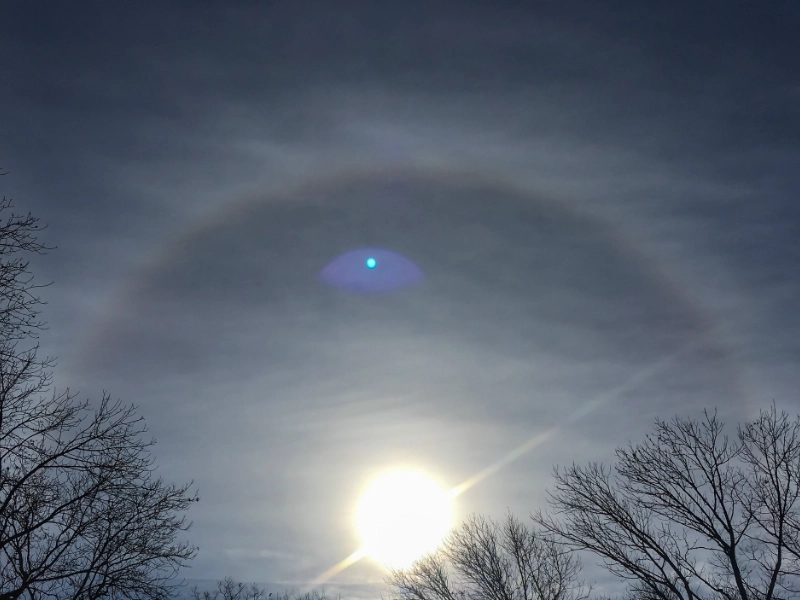From Cumulus to Cirrus: Exploring the Diversity of the Sky
Advertisement
9. Cirrostratus: The Celestial Veil

Advertisement
High-altitude clouds known as cirrostrata drape a thin, veil-like covering across the sky. Made entirely of ice crystals, these clouds usually arise above 20,000 feet where temperatures are much below freezing. Their presence sometimes gives the sky a milky or hazy look, so subtly but clearly changing the quality of sunlight that reaches the surface of Earth. Both sky watchers and artists have long found great inspiration in this ethereal quality.
The ability of cirrostrata clouds to generate optical events is among their most unique characteristics. The ice crystals in these clouds can refract sunlight or moonlight, creating beautiful halos – rings of light that encircle the sun or moon. These halos, which can emerge in varied sizes and sometimes display rainbow-like colors, have given rise to various meteorological mythology. In many civilizations, the presence of a halo has been taken as a harbinger of imminent precipitation, often holding true as cirrostratus clouds commonly precede warm fronts and their associated rainfall.
Cirrostratus clouds commonly precede warm fronts and may suggest an incoming weather storm. As such, they can be helpful indicators for weather forecasters. While these clouds do not create precipitation directly, their existence can be a portent of shifting weather conditions, potentially leading to precipitation within 12 to 24 hours. The steady thickening of a cirrostratus layer frequently predicts the approach of a warm front, with lower and heavier clouds following.
The production of cirrostratus clouds is tightly connected to high-altitude atmospheric conditions. They often develop when moist air at high elevations is gently lifted and chilled, allowing the water vapor to settle directly into ice crystals. This process, known as deposition, happens due of the extraordinarily low temperatures at high altitudes. The resulting ice crystals are subsequently sculpted by strong winds aloft, forming the characteristic thin, homogeneous layer of cirrostratus clouds.
While cirrostratus clouds may not be as visually spectacular as other lower-altitude clouds, their presence can generate lovely and subtle effects in the sky. During sunrise or sunset, these clouds can take on gorgeous colors, turning the entire sky into a canvas of warm pinks, oranges, and purples. Their capacity to disperse and scatter light can also create lovely twilight effects, extending the golden hour cherished by photographers.
You May Like
Advertisement

